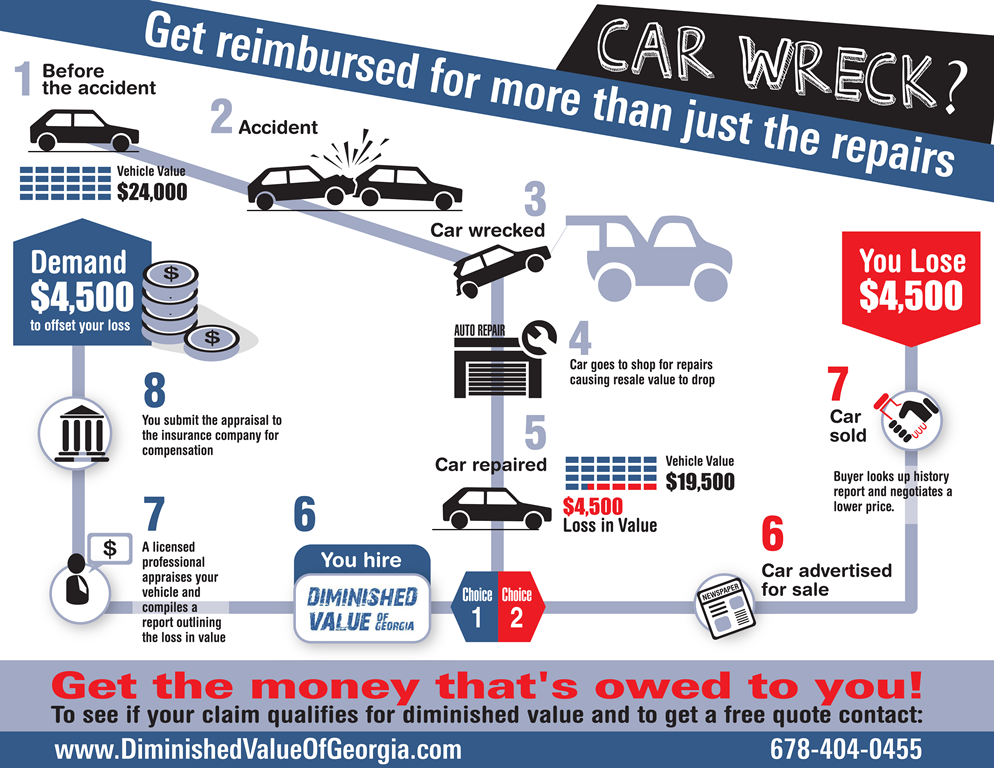Just How To Identify The Most Typical Warning Lights On Your Control Panel And What They Mean
Just How To Identify The Most Typical Warning Lights On Your Control Panel And What They Mean
Blog Article
Authored By-Zachariassen Juarez
When you're behind the wheel, those control panel warning lights can be an actual enigma. Yet did you know that understanding them can save you from potential car problems in the future? From https://www.clickorlando.com/news/local/2022/06/16/1-dead-in-fire-at-business-near-orlando/ threatening check engine light to the subtle oil pressure warning and the ever-important battery light, each one serves as an essential signal from your lorry. It's time to shed light on these usual control panel warnings and outfit on your own with the expertise to navigate the roadway ahead.
Recognizing the Examine Engine Light
When your control panel brightens with the check engine light, it is necessary not to panic but to take instant activity. The check engine light functions as a warning that your car's onboard analysis system has identified a potential concern with the engine, emissions, or other critical components. Overlooking this light can lead to a lot more severe problems later on, so it's essential to address it without delay.
To recognize the source of the concern activating the check engine light, you can utilize an OBD-II scanner to fetch the specific difficulty codes saved in your car's computer system. These codes supply beneficial info that can assist determine the underlying problem.
While some problems creating the check engine light may be minor, such as a loosened gas cap, others might indicate much more substantial concerns that call for professional attention.
Deciphering the Oil Stress Caution
Upon experiencing the oil pressure cautioning light on your control panel, immediate focus is imperative. This warning suggests that the oil pressure in your engine might be also low, which can cause serious engine damage if not resolved promptly. Low oil stress can be triggered by a range of concerns such as a leak, a faulty oil pump, or low oil degrees. Disregarding this warning light can result in expensive repair work or perhaps engine failing.
If you see the oil stress advising light begun, the first step is to safely pull over to the side of the road and switch off your engine. Inspect the oil level utilizing the dipstick and guarantee it's at the recommended degree.
If the oil level is reduced, top it up with the appropriate oil for your car. If the oil degree is sufficient, do not proceed driving and look for assistance from an auto mechanic to diagnose and fix the problem immediately. Keep in mind, keeping correct oil pressure is important for the wellness and longevity of your engine.
Interpreting the Battery Light
To figure out the significance of the battery light on your dashboard, you have to understand its vital duty in your automobile's electrical system. When the battery light illuminates while you're driving, it shows that the electric system isn't receiving adequate power from the battery.
This could be due to a stopping working battery, a defective generator, or issues with the billing system. Disregarding this cautioning light could cause your automobile stalling or being not able to begin.
If the battery light comes on, it's advised to securely pull over and have your car evaluated by a mechanic asap. They can execute diagnostics to identify the underlying issue and protect against a prospective failure.
Final thought
Since you understand just how to identify the most common caution lights on your dashboard and what they mean, you can attend to any type of prospective problems promptly. Bear in mind, the check engine light, oil pressure caution, and battery light are very important indicators of your car's wellness. Remain notified, remain safe, and keep your automobile running smoothly by taking note of these indication.
